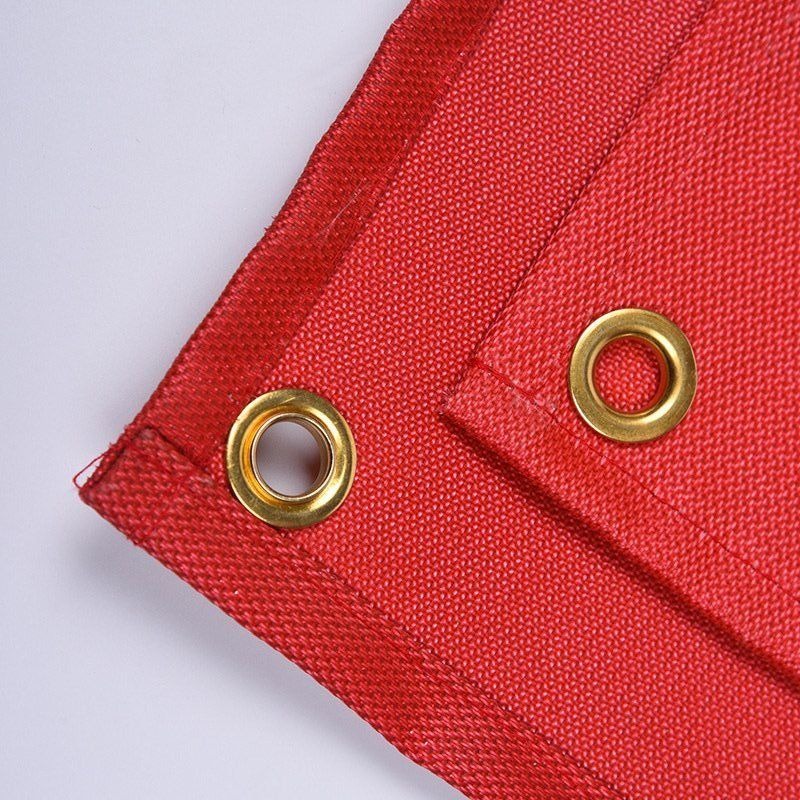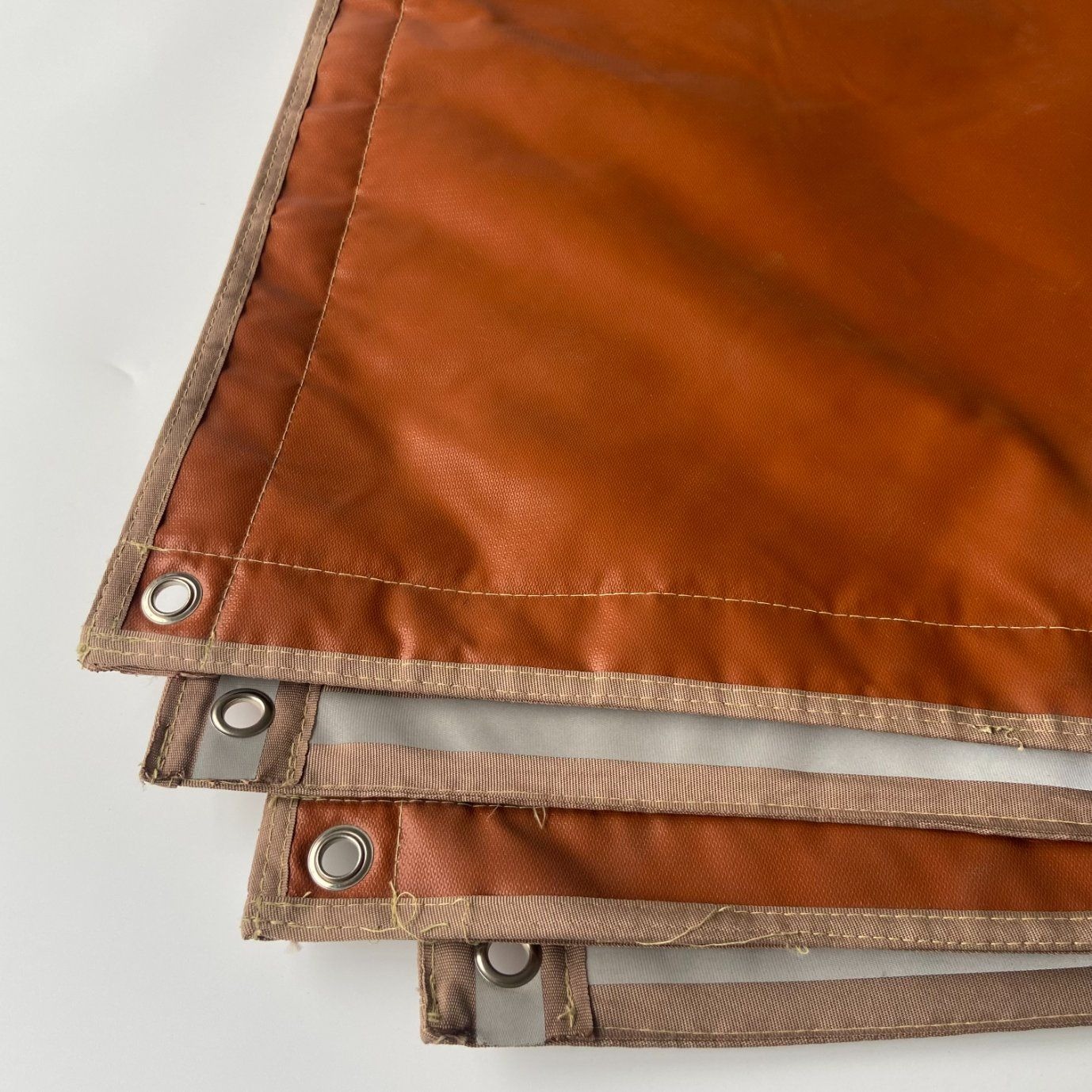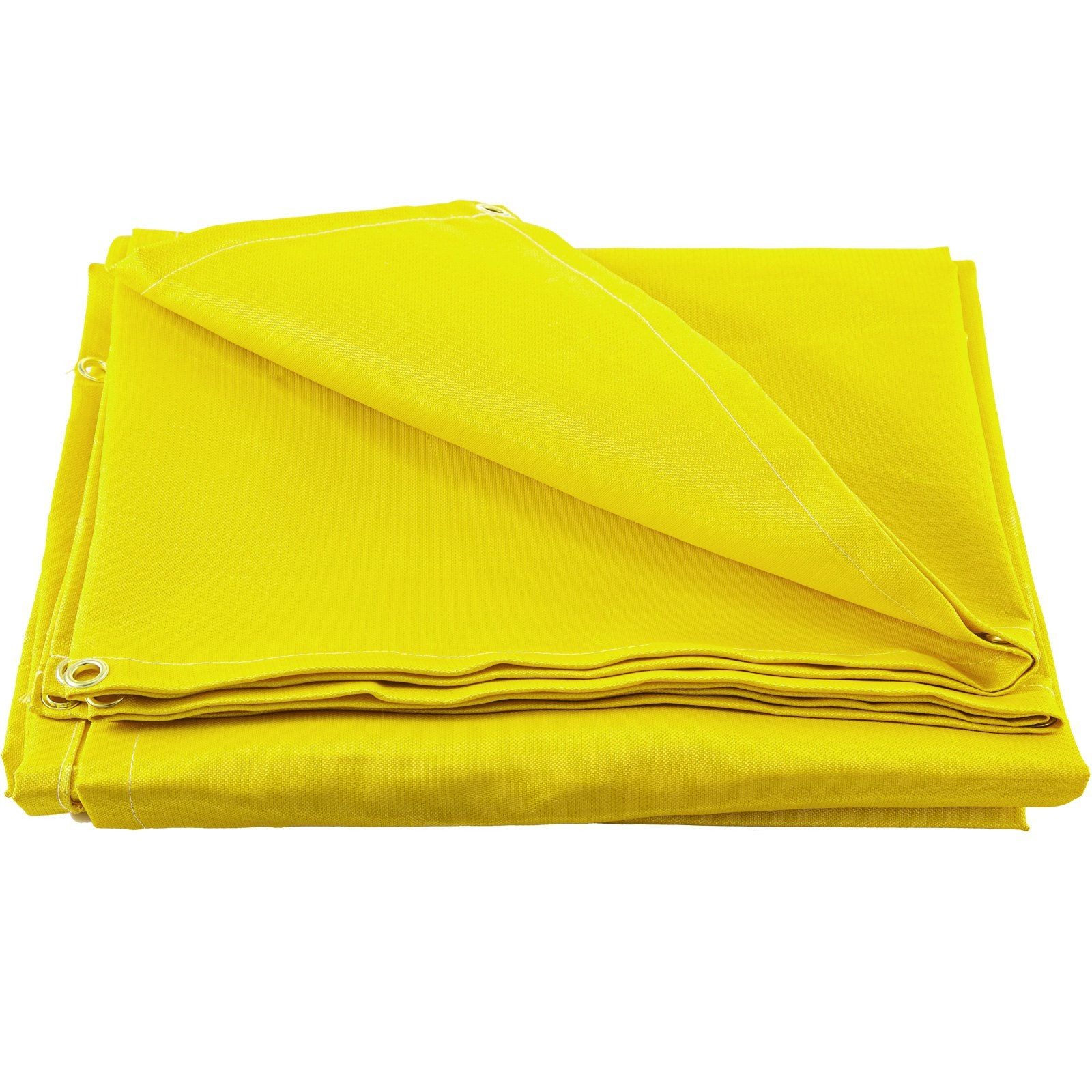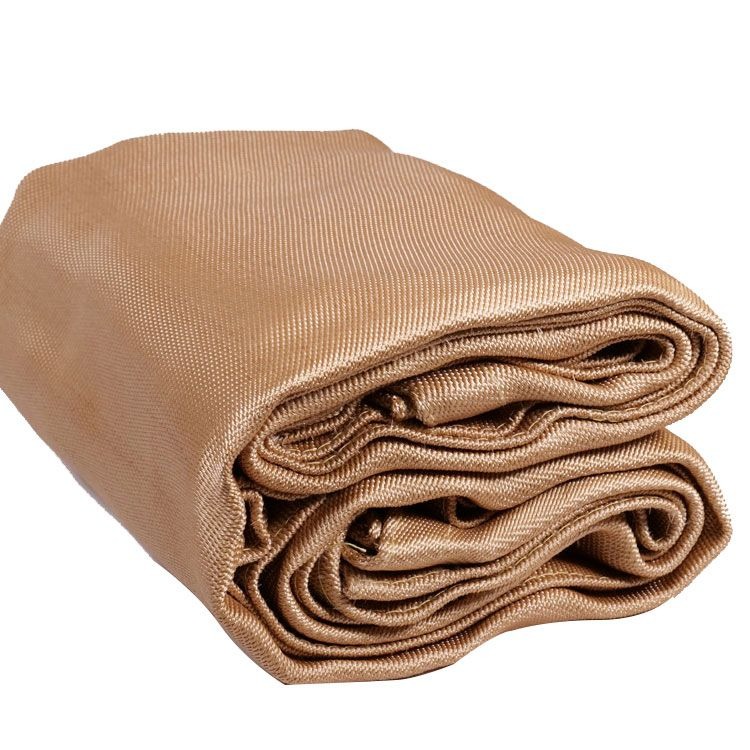Welder Blanket Guide: Fireproof Protection for Safe Metalworking Projects
Welder blankets are essential safety tools that protect against sparks, slag, and heat during welding. This guide explains their materials, uses, selection criteria, and maintenance to help you work safely and efficiently.
What Is a Welder Blanket?
A welder blanket is a fire-resistant protective covering designed to shield surfaces and workers from welding hazards. Made from specialized materials, these blankets withstand extreme temperatures up to 3,000°F (1,650°C) while remaining flexible enough to drape over irregular shapes.
Key Materials Used in Welder Blankets
Quality welder blankets typically use one of these materials:
- Fiberglass:Most common option, coated with silicone for added durability
- Ceramic fiber:Higher temperature resistance than fiberglass
- Carbon fiber:Lightweight with excellent heat reflection
- Vermiculite-coated fabrics:Natural mineral coating provides extra protection
When Should You Use a Welder Blanket?
You need a welder blanket whenever you're working with:
- Arc welding (stick, MIG, TIG)
- Plasma cutting
- Grinding operations
- Hot work near flammable materials
- Outdoor welding where wind spreads sparks

Choosing the Right Welder Blanket
Consider these factors when selecting your welder blanket:
- Temperature rating:Match to your welding process (MIG welding typically needs 1,800°F+ protection)
- Size:Common sizes range from 3'x3' to 10'x12' - choose based on your work area
- Thickness:Thicker blankets (1/8" to 1/4") offer better protection but are less flexible
- Edge treatment:Look for reinforced edges with grommets for hanging
- Certifications:Check for OSHA, ANSI, or NFPA compliance
Proper Use of Welder Blankets
To maximize safety and blanket longevity:
- Inspect for damage before each use
- Cover all flammable surfaces within 35 feet of your work area
- Overlap multiple blankets by at least 6 inches when covering large areas
- Secure with non-flammable weights or hooks to prevent shifting
- Never use as personal protective equipment (PPE) - wear proper welding gear
Maintenance and Care
Extend your welder blanket's lifespan with proper care:
- Shake off slag and debris after each use
- Hand wash with mild detergent if heavily soiled (never machine wash)
- Air dry completely before storage
- Store folded or rolled in a dry, clean area
- Replace when you notice thinning, holes, or stiffening that prevents proper draping
Welder Blanket Alternatives
While welder blankets are ideal for most situations, consider these alternatives when needed:
- Welding curtains:For creating vertical barriers in shared workspaces
- Sheet metal shields:When working with molten metal that could burn through fabric
- Fire-resistant sprays:Temporary protection for surfaces that can't be covered
Safety First: Beyond the Blanket
Remember that a welder blanket is just one part of your safety system. Always combine it with:
- Proper ventilation
- Fire extinguishers rated for metal fires
- Personal protective equipment (gloves, helmet, apron)
- Clear work area free of combustibles
By understanding and properly using welder blankets, you significantly reduce fire risks while improving work efficiency. Invest in quality protection that matches your specific welding needs for the safest work environment.






